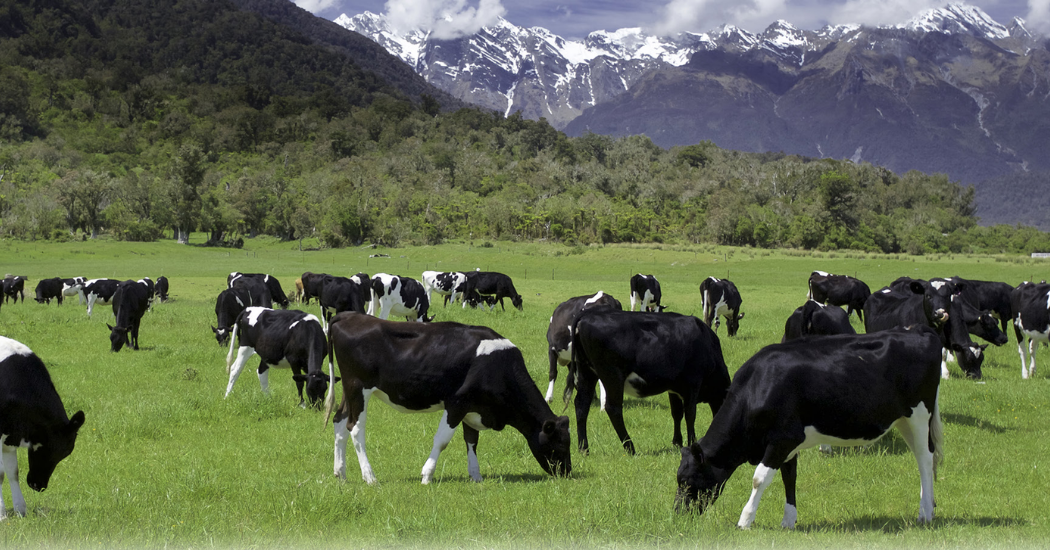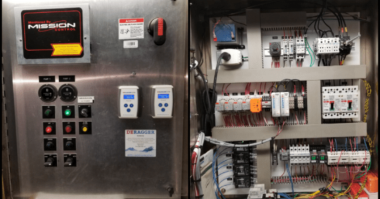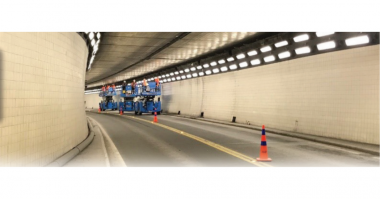The Ashburton Lyndhurst Irrigation Limited, (A.L.I.L.), is situated in New Zealand’s South Island, 80 Km south of the city of Christchurch, in a region known as the Canterbury Plains. It was developed in the late 1940’s to provide open channel irrigation via a gravity supply canal to the local landowners. In those days, sheep farming was the mainstay of the livestock industry, and even today New Zealand is home to over 27 million sheep! However, in recent years dairy cattle farming has increased dramatically and this is due to the dramatic increase in demand globally for New Zealand’s dairy products. Several large commercial milk drying plants have been built in the area in recent years to serve this fast-growing segment of the local economy.
The A.L.I.L. scheme encompasses 74,130 acres, (30,000 ha), which is the size of the Island of Singapore. The water is supplied from the Rangitata diversion canal which was built between 1937 and 1944. The canal is 42 miles (67 Km) long with an average width of 49 feet (15 metres), and a depth of 10 feet (3 metres). It flows at 491,360 gpm (31 m3/sec), with the schemes allowance being 206,054 gpm (13 m3/sec).

During 2007, approval was given for an $8 million NZD, ($5.1 M. USD), project to install a pipeline in a part of the scheme comprising of the installation of 19 miles (30 Km), of pipe, supplying 37 farms and irrigating 9,884 acres (4,000 ha).
A single 40” (1,000 mm) mainline was installed which included Cla-Val 90 series Pressure Reducing valves to control the pressure as the pipeline descended down the plains. 2 @ 24” (600 mm), 2 @ 16” (400 mm) along with associated bypass and relief valves. Along with these were 37 farm supply valves, 90 series valves ranging in sizes from 3” (80 mm) to 10” (250 mm).
In 2013 after 7 years of continuous duty the first valve was taken out of service for inspection. A 16” (400 mm) Reducing valve and a 6” (150 mm) Reducing bypass valve.
Both valves were in excellent condition and the valves were returned to service using the original parts and the decision was made to do another inspection at the 10-year mark. A
At the 10-year mark, 2016, an inspection was performed on a 24” (600 mm) valve and an 8” (200 mm) bypass valve and again the valves were found to be in excellent condition and were returned into service. The decision was made to inspect the valves again at the 15-year point in 2021.
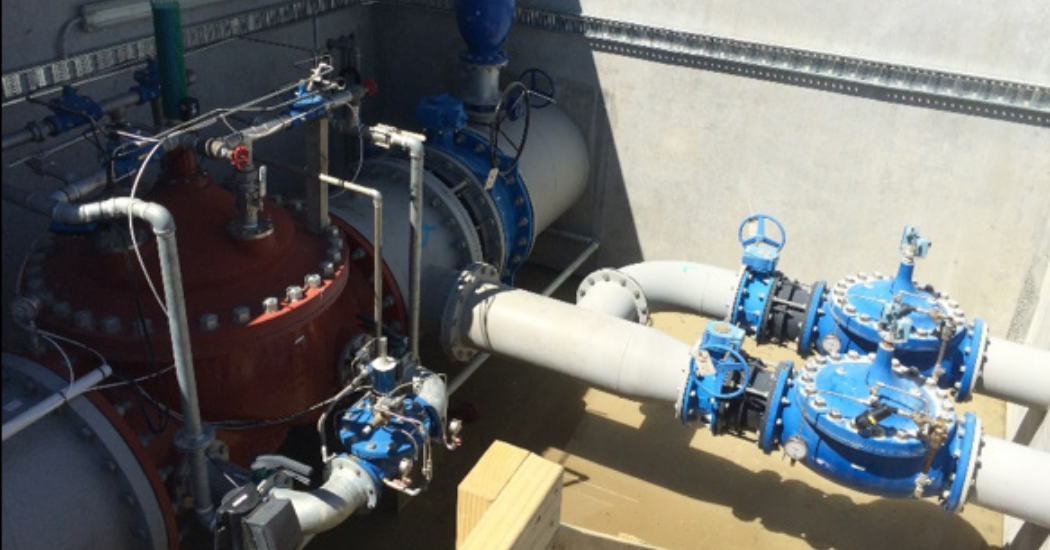
Since the initial piping scheme, the decision has been reached to install a further 124 miles (200 Km) of pipeline, serving an additional 167 properties at a cost of $95 Million NZD, ($60.7 M. USD). This also includes Cla-Val control valves for each property ranging is sizes of 1.5” (40 mm) to 14” (350 mm) plus main line electronic control valves in sizes 14”, 24”, 36” and 40” (350mm, 600mm, 900mm and 1,000mm) along with bypass and relief valves.
Following the success of this scheme, Cla-Val have supplied neighbouring schemes with automatic control valves, namely, Barrhill Chertsey Irrigation – 45 valves in sizes 4” to 12”, (100mm to 300mm), CPWL Stage 1 – 219 valves including 4 @ 24” (600 mm), 5 @ 30” (750 mm) electronic control valves, CPWL Stage 2 – 222 control valves including 3 @ 36” (900 mm) electronic control valves with 14” (350 mm) bypass valves.
The mainline Pressure Control Valves in sizes 14”, 24”, 36” and 40”, (350 mm, 600 mm, 900 mm and 1,000 mm) are Cla-Val Model 131 Series electronic control valves with Cla-Val VC22D controllers and installed with X143 Turbine Generators.
Below is the valve schematic and operation of one of the 1,000mm control valves with 150 mm bypass valve.
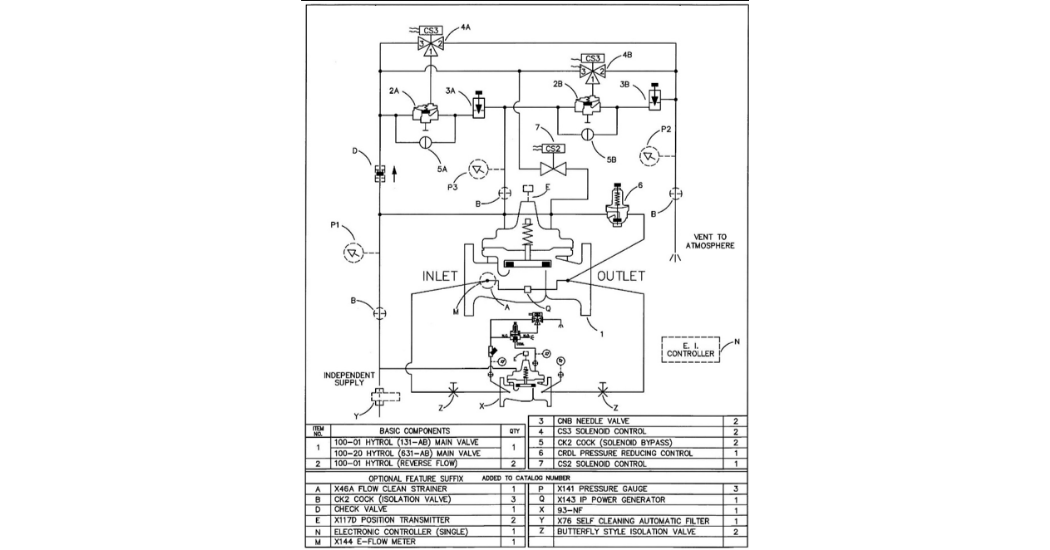
Valve Operation:
On low flow, the 6” (150 mm) bypass PRV, equipped with a hydraulic pilot, controls downstream pressure. As demand increases, and the bypass PRV goes open above 80% for more than 60 seconds, the 40”(1000 mm) electronically controlled main PRV will start to open, allowing flow to transition to the bigger valve. The bypass PRV is then forced and held closed while the main PRV regulates the downstream pressure. When the demand decreases and the main PRV is open less than 8%, the bypass PRV will then be released and allowed to open, allowing flow to transition back to the smaller valve. The main PRV is then forced and held close, while the bypass PRV regulates the downstream pressure.
A secondary hydraulic pilot system acts as a back-up in case of power failure. The hydraulic circuit is kept isolated by two 2” (50 mm) hytrol valves held closed by an energized solenoid wired to an external relay and powered independently. The hydraulic pilot set point is the same as that of the electronic set point.
In the event of a power outage, the solenoid is de-energized and would change state, allowing the two hytrol valves to open. When open, the secondary hydraulic pilot system on the main PRV would run and regulate the downstream pressure with the smaller bypass PRV acting as such.
Read more about Why Pressure Management is important!

